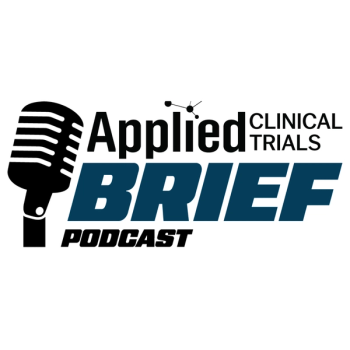
Almac Continues Transition to New North American Headquarters
Already cleared as a TSA Certified Cargo Screening Facility, the next step for the company is to relocate their label generation, controlled substance packaging, and primary packaging operations.
The new headquarters houses clinical trial supply and technology services as well as introducing Almac’s analytical services to the USfor the first time. This combination of services optimizes the clinical supply chain by providing clients with the ability to approve multiple activities at one site, in one visit. In addition, the new building offers a huge expansion in capacity for the storage of trial materials, especially refrigerated storage, where pallet space has increased by five times.
Newsletter
Stay current in clinical research with Applied Clinical Trials, providing expert insights, regulatory updates, and practical strategies for successful clinical trial design and execution.





.png)



.png)



.png)
.png)
